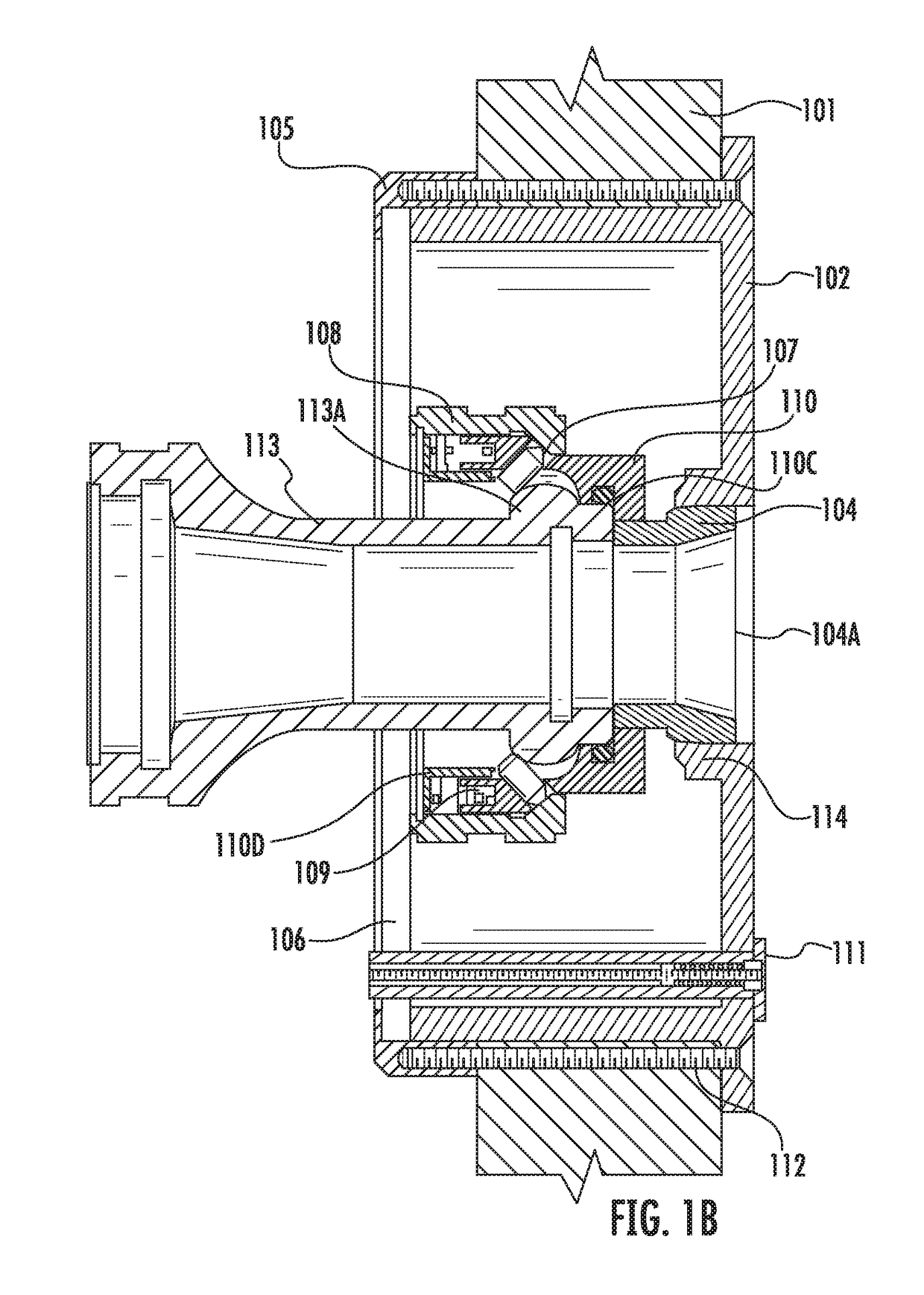Structurally-installed access device for accepting connection by a fire hose nozzle to introduce firefighting fluid into an enclosed space of a structure
a technology of access device and fire hose, which is applied in the direction of fixed capacitor details, fixed capacitors, printed circuit non-printed electric components association, etc., can solve the problems of difficult access for water application and extinguishing purposes, difficult to achieve, and difficult for firefighters to ensure, so as to facilitate ventilation of the involved area or space, the effect of minimizing unnecessary exposur
- Summary
- Abstract
- Description
- Claims
- Application Information
AI Technical Summary
Benefits of technology
Problems solved by technology
Method used
Image
Examples
second embodiment
[0063]FIGS. 3A, 3B and 3C generally show device 227 disposed in a fire proof metal box, referred to herein as the second embodiment or stairway evacuation assist box embodiment (i.e. RAC device-Stairway). This embodiment consists of a preferred 12 inch by 18 inch by 6 inch rectangular metal fireproof box 221 into which a smaller metal box 222 is inserted and nested. These two metal box halves are then joined together at their sides with ½ inch machine screws 222B within a cinder block wall opening. It should be noted that the overall dimensions of this embodiment can be modified for either or both functionality and or aesthetics. During installation of the stairway device, metal hallway box 222 is inserted into the larger metal stairway box 221 and as the boxes slide directly into one another and overlap they can be adjusted to fit into walls with dimensions from 6 to 10 inches in thickness before being attached together with screws 222B. Furthermore the overall dimensions can be re...
first embodiment
[0064]The quick connect stream applicator device 227 and its surrounding construction is similar to device 100 described above. The quick connect stream applicator permits the nozzle of a fire hose to be quickly attached and detached. This securing bracket 224 is connected directly to the interior sides of the smaller metal box 222. Attached to bottom edge of securing bracket 224 is a fireproof blanket 224B of approximately 12×12 inches in size made of materials such as: silicone rubber glass fiber based cloth, ceramic fiber cloth, or Nomex Kevlar cloth. This fireproof blanket will have (2) approximately three-inch vertical cuts 224C spaced at four-inch intervals on the bottom edge of the blanket making for a better seal when fires hoses are inserted through the stairway box on the rollers. Fireproof blanket 224B will block smoke and heated fire gases that are present in the hallway from infiltrating into the stairway. The quick connect stream applicator assembly 227 will accept the...
third embodiment
[0078]Installation of this third embodiment further includes drilling ⅛ inch holes from the roof side through roof boards at the predrilled holes 336B located around the perimeter of roof flange 336A. Next, 4 one way screws of ¼ inch by 2¼ inch with retaining rubber washers are inserted through predrilled holes 336B in roof flange 336A and tightened until the flange is seated properly on the roof surface. Finally, a preferably lime green cover 336C having threads on its outer perimeter is screwed into roof flange 336A having corresponding mating threads on its inner surface along with attached high heat resistant O-ring 336E until the cover is tight and flush with the roof flange. This roof cover 336C will be flush with the roof flange 336A, water tight and finished with a lime green reflective type color to facilitate ready identification under fire conditions as seen in FIG. 4B. It is noted that other cover colors and methods of applying the color and finishes such as electroplati...
PUM
| Property | Measurement | Unit |
|---|---|---|
| diameter | aaaaa | aaaaa |
| diameter | aaaaa | aaaaa |
| diameter | aaaaa | aaaaa |
Abstract
Description
Claims
Application Information
 Login to View More
Login to View More - R&D
- Intellectual Property
- Life Sciences
- Materials
- Tech Scout
- Unparalleled Data Quality
- Higher Quality Content
- 60% Fewer Hallucinations
Browse by: Latest US Patents, China's latest patents, Technical Efficacy Thesaurus, Application Domain, Technology Topic, Popular Technical Reports.
© 2025 PatSnap. All rights reserved.Legal|Privacy policy|Modern Slavery Act Transparency Statement|Sitemap|About US| Contact US: help@patsnap.com



